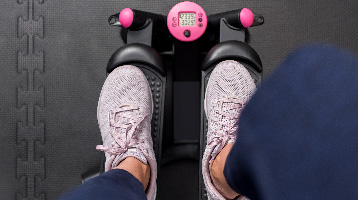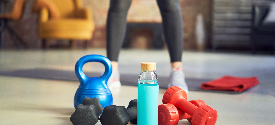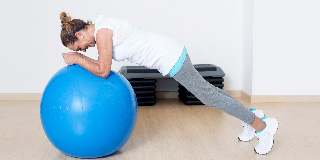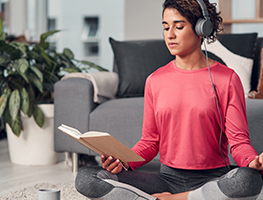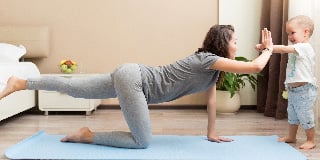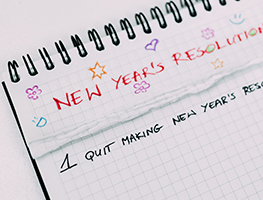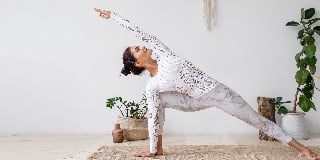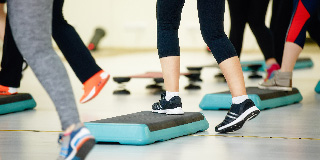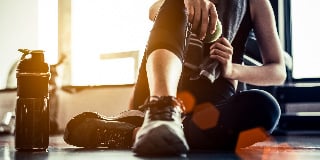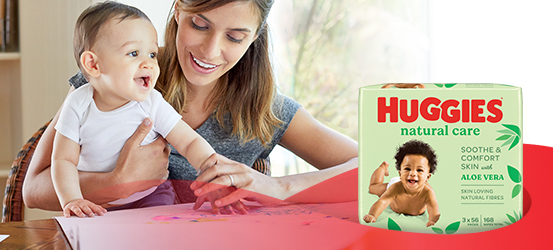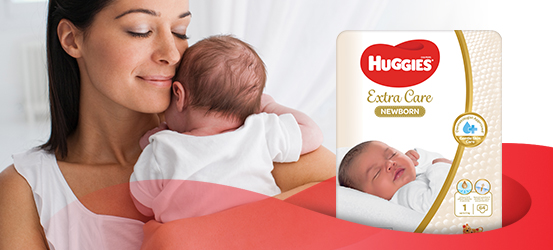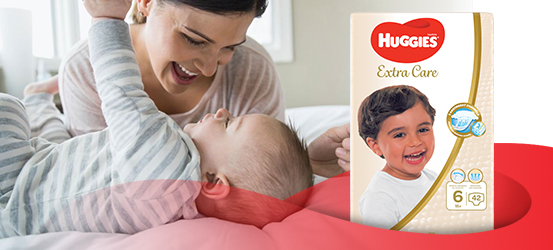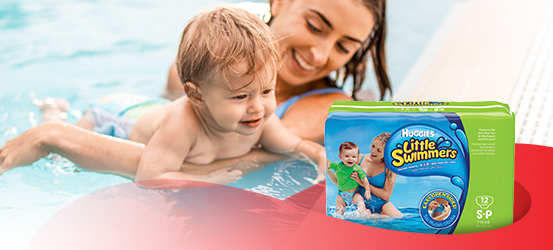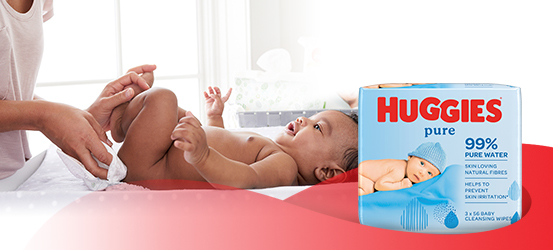Condition
To be in good physical condition means that you have the physical capacity to live your life to the fullest. Modern society has created a lifestyle that features lots of inactivity. Our diet has become too rich and we suffer from too much stress. Medical opinion is unanimous on the benefit of properly selected exercise to improve physical fitness, weight control and the ability to relax. So we know we need to exercise, but how much is enough?
What exercise does
Regular physical exercise above a certain minimum level and duration of 15 to 20 minutes becomes aerobic. Aerobic exercise is exercise that fundamentally uses oxygen. It is normally a continuous exercise without any breaks. In addition to a supply of sugar and fat, the body requires oxygen in the muscles. With regular exercise, the ability to take oxygen into all the muscles in the body increases, which means better lung function, increased pumping capacity of the heart and better operation of the whole blood circulatory system. The energy required to exercise, burns off those kilojoules.
Relationship between exercise and weight control
If you consume more kilojoules than you use, the result is a gain in weight. On the other hand, if you use more than you consume, you lose weight.
At rest our bodies burn 0.29 kj per hour to keep the heart pumping, the lungs operating and all other organs functioning.
The table below shows some typical approximate energy losses for various activities for a person of around 70kg:
| ACTIVITY | ENERGY LOSS PER HOUR IN KILOJOULES |
| Moderate Walking | 0.59 |
| House Work | 0.63 |
| Swimming (400m/h) | 1.26 |
| Vigorous Dancing | 1.46 |
| Vigorous walking (6km/h) | 1.55 |
| Tennis | 1.76 |
| Fast Cycling (20km/h) | 2.51 |
| Squash | 2.89 |
Equipment
There are many options available to allow you to achieve your fitness goals. You can join a gym, go out for a walk or run, take a dance class, or even join a boot camp group. These are all effective and lots of fun but if you are a mom with a young baby or two, you don't have a lot of spare time. Investing in a good quality piece of exercise equipment for your home can be a great idea. It allows you to exercise when you have the time, you can use it irrespective of the weather outside and you can gradually build up your fitness routine yourself. But which one is best?
-
Treadmills & Ellipticals (Cross Trainers) are a great way to keep the whole body fit, particularly toning the lower body. The adjustable speed and incline on some treadmills will allow the user to adjust the intensity of the workout session and therefore weight loss. By comparison, a great way to achieve a total body workout is through the use of an elliptical, otherwise known as a cross trainer. The actions from this machine replicate climbing stairs, walking and running while
-
allowing you to tone and stretch the upper body.
-
Bikes and the ever-popular spin bikes are a great way to tone the lower body. The benefits of both ellipticals and bikes are that their actions prevent joints from impacting against a surface. So those of you with concerns about their knees and ankles could find this type of exercise a great way to keep fit without exerting pressure on those joints.
-
Rowing is a particularly popular cardio workout using
-
muscles in both the upper and lower body. The rower allows users to also carry out bicep curls, providing an economical use of space for a powerful workout.
The type of equipment that will suit you depends on what part of the body you are aiming to tone, or whether you are just after a general overall workout. It is best to consult with your doctor on an exercise programme that is best for you, and with regular commitment, the benefits will be felt in both your physical and mental health. Whatever you decide, having a solution to use in the privacy and convenience of your own home will allow you to take charge of your fitness – anytime of day.
Monitoring your heartbeat
The body's work rate is reflected by the rate of the heartbeat (pulsations), which increases as the work rate increases. The weight loss benefits achieved from a treadmill depends of course on the speed at which it is used. If you increase the speed, you increase the work rate and the heart rate increases too. If the work rate remains constant, the heart rate increases up to a point, and no matter how much work increases, the heart does not beat any faster. This is known as the maximum heart rate and it decreases with age. A familiar formula for calculating this maximum heart rate, where exhaustion sets in, is 220 minus age.
Exercise should be carried out at between 65% to 85% of the maximum heart rate for 15 – 20 minutes, and it is recommended that it should not exceed 85%.
Example: 30 years old
220 – 30 = 190 pulse
| HEART RATE | PULSATIONS | |
| Maximum | 190 | |
| 85% | 161.5 | AEREOBIC ZONE |
| 75% | 142.5 | |
| 65% | 123.5 | |
Exercise programme
Exercise programmes will of course vary with your age and level of fitness. That said, people of all ages can adopt a fitness objective that can be maintained for the long-term, preferably in consultation with a physician. The final goal is to achieve a level of physical fitness, weight control or rehabilitation. The programme you develop should be gradual, planned, varied and safe. It is recommended you aim for 3 - 5 sessions of aerobic exercise per week, lasting for about 20 - 25 minutes per session.
It is important to always warm up before starting an exercise session. This warm up should last for 2 - 3 minutes. This protects the muscles and prepares your cardiovascular and respiratory system for exercise.
The next step is to exercise for 15 - 20 minutes at a rhythm which leads to a pulse rate between 65% and 75% of your maximum heart rate. If you are in good physical condition this may be increased to between 75% and 85%. Later, when your level of fitness has improved, you can divide the time between both levels - but taking care not to exceed 85% (aerobic zone) and to never reach the red zone, which corresponds to the maximum heartbeat rate that we must not exceed depending on our age.
Finally, it is important to relax (cool down) your muscles. To do this, continue exercising but at a slightly lighter rhythm for 2 - 3 minutes until your pulse rate drops to about 65%. This helps to prevent sore muscles especially after a gruelling exercise session. It is even better to finish the programme with a few floor exercises or stretches for maximum muscle suppleness.

